The Intersection of Fashion and Music: Style Influences from Iconic Artists
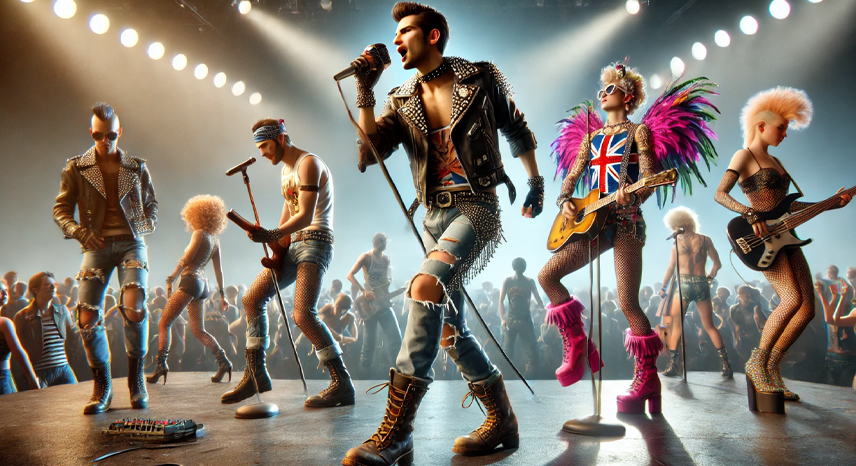
Introduction
The worlds of music and fashion have long been intertwined, each influencing and reflecting the other in powerful ways. From the rebellious spirit of rock 'n' roll to the avant-garde stylings of pop icons, music has served as a catalyst for groundbreaking fashion trends. Iconic artists not only create unforgettable sounds but also set style benchmarks that shape entire generations. Their unique aesthetics, bold choices, and fearless expressions have inspired designers, reshaped street style, and forever altered the fashion landscape.
In this blog post, we explore the dynamic intersection of fashion and music. We’ll delve into how musical genres and artists have historically influenced fashion trends, highlight iconic musicians whose styles have left an indelible mark on fashion, and examine how their legacies continue to inspire modern looks. Whether you're a music aficionado, a fashion enthusiast, or simply curious about the symbiotic relationship between these two creative fields, this comprehensive guide will reveal the transformative power of music in shaping the way we dress.
The Historical Connection Between Music and Fashion
The 1950s and the Birth of Rock 'n' Roll
The post-war era set the stage for a cultural revolution, and the 1950s saw the emergence of rock 'n' roll—a genre that would not only change the music industry but also challenge social norms. Artists like Elvis Presley became symbols of youthful rebellion. With his slicked-back hair, leather jackets, and signature jumpsuits, Elvis introduced a style that was both provocative and glamorous. His look inspired countless fans to embrace a more daring, rock-inspired aesthetic, setting the foundation for future generations.
The Swinging 60s and the Beatles' Influence
The 1960s witnessed a dramatic shift as the Beatles took the world by storm. Their early matching suits and mop-top haircuts signified a new era of clean, coordinated fashion that appealed to a broad audience. As their music evolved, so did their style—ranging from psychedelic patterns to more sophisticated, tailored looks. This evolution not only mirrored the rapid cultural changes of the decade but also helped establish the idea that fashion could be as dynamic and experimental as music itself.
The 1970s: Glam, Disco, and Punk
The 1970s brought about a diversity of musical styles, each with its own distinct fashion influence:
- Glam Rock: Artists like David Bowie and T. Rex embraced glitter, bold makeup, and outrageous costumes. Bowie’s alter ego, Ziggy Stardust, broke conventional barriers with his gender-fluid, avant-garde style, influencing fashion designers to experiment with androgyny and flamboyant aesthetics.
- Disco: The disco era was marked by glitzy, form-fitting outfits. Think sequins, bell-bottoms, and platform shoes—a style that celebrated movement, extravagance, and the joy of dance.
- Punk: In stark contrast, punk music emerged as a rebellious counterculture. Bands like the Sex Pistols and The Clash adopted a raw, DIY look featuring ripped clothing, safety pins, and provocative slogans. Punk fashion was a direct response to the polished styles of mainstream culture, signaling a desire for authenticity and rebellion.
The 1980s and the Rise of Pop Icons
The 1980s were defined by excess and experimentation, with music and fashion pushing the boundaries of creativity. Icons like Madonna and Prince emerged, each with a distinct look that captured the zeitgeist:
- Madonna: Known for her ever-evolving style, Madonna’s influence in the 1980s was profound. From lace tops and skirts layered with rosary beads to fishnet stockings and bold accessories, her look was a blend of edgy, playful, and controversial. Madonna’s fearless approach encouraged fans to experiment with makeup, hair, and clothing, making personal expression a central theme of fashion.
- Prince: With his love for vibrant colors, tailored suits, and feminine touches like ruffles and high-heeled boots, Prince blurred the lines between traditional masculinity and femininity. His iconic style challenged gender norms and redefined what it meant to be a fashion-forward man in the music industry.
The 1990s and the Influence of Hip-Hop
- Baggy Clothing and Streetwear: Hip-hop artists popularized oversized clothing, from baggy jeans to hoodies and bomber jackets. This laid the foundation for modern streetwear—a style that remains highly influential today.
- Athleisure and Accessories: The incorporation of athletic gear, sneakers, and flashy accessories like gold chains and large watches became synonymous with hip-hop culture. Artists such as Tupac Shakur and Notorious B.I.G. not only defined the sound of the decade but also set trends that continue to resonate in the world of fashion.
Iconic Musicians and Their Enduring Style Influence
Elvis Presley: The King of Rock 'n' Roll
Elvis Presley’s impact on fashion is undeniable. His blend of rebelliousness and charisma transformed him into a style icon. Elvis’s signature leather jackets, flashy jumpsuits, and slicked-back hair have influenced countless designers and continue to be emulated in modern fashion collections. Today, vintage rock-inspired styles and modern interpretations of his look remain popular among those who want to channel a bit of that classic rock 'n' roll energy.
David Bowie: The Chameleon of Style
David Bowie’s ever-changing image and willingness to experiment with his look have made him one of the most influential figures in fashion history. Bowie challenged norms by embracing gender-fluid styles and bold, unconventional aesthetics. His iconic personas—from Ziggy Stardust to the Thin White Duke—demonstrated that fashion is a form of art and self-expression. Modern designers continue to draw inspiration from Bowie’s legacy, incorporating elements of his style into everything from avant-garde collections to streetwear.
Madonna: The Queen of Reinvention
Madonna’s career has been a masterclass in reinvention. Her ability to continuously evolve her style has made her a perennial trendsetter. Whether she’s sporting lace gloves, layered accessories, or edgy punk-inspired ensembles, Madonna’s influence can be seen in various aspects of modern fashion. Her fearless approach to style and willingness to push boundaries have empowered countless fans to explore their own identities through clothing.
Prince: The Epitome of Androgyny
Prince’s sartorial choices were as revolutionary as his music. His unique blend of masculine and feminine elements challenged conventional gender norms and opened up new possibilities for self-expression. Prince’s use of vibrant colors, intricate tailoring, and unexpected details like ruffles and high heels have inspired a new generation of designers. His style continues to be celebrated in modern collections that embrace androgyny and gender fluidity.
Hip-Hop Icons: Tupac, Notorious B.I.G., and Beyond
The influence of hip-hop on fashion cannot be overstated. In the 1990s, artists like Tupac Shakur and Notorious B.I.G. brought a distinct style to the forefront, one characterized by oversized silhouettes, athletic wear, and statement accessories. Today, the legacy of hip-hop fashion lives on in the booming streetwear scene. Contemporary artists such as Kanye West, Travis Scott, and A$AP Rocky continue to shape fashion trends, blending luxury with urban influences and redefining modern style.
Modern Influencers: Rihanna and Billie Eilish
In recent years, artists like Rihanna and Billie Eilish have continued the tradition of using music as a platform for bold fashion statements:
- Rihanna: With her diverse style and fearless fashion choices, Rihanna has become a major influencer in the industry. Her collaborations with top designers and her own Fenty brand have redefined beauty standards and set new trends in inclusivity and innovation.
- Billie Eilish: Known for her oversized clothing and distinctive style, Billie Eilish challenges conventional norms of beauty and self-expression. Her unapologetic approach to fashion resonates with a younger audience and has sparked conversations about body image, gender, and individuality.
The Symbiotic Relationship Between Music and Fashion
Mutual Inspiration
The relationship between music and fashion is symbiotic—each influences the other in a continuous cycle of creativity. Musicians use fashion to express their identity, enhance their stage presence, and connect with their audience on a visual level. In turn, fashion designers draw inspiration from musical movements, adopting their aesthetics to create collections that reflect the cultural zeitgeist.
Cultural Impact
Music and fashion are both powerful cultural forces that reflect societal values and drive social change. Through their music and style, iconic artists have challenged norms, sparked revolutions, and given voice to marginalized communities. This cultural impact extends beyond the stage, influencing everyday fashion and the way people express themselves in their daily lives.
Visual Storytelling
At the heart of both music and fashion is the art of storytelling. Whether it’s through a music video, a live performance, or a carefully curated fashion collection, visual storytelling has the power to evoke emotion and create lasting impressions. Iconic artists use their style as a visual narrative, communicating themes of love, rebellion, empowerment, and transformation. This storytelling not only shapes public perception but also inspires trends that resonate with fans around the world.
How Fashion Designers Leverage Musical Influence
Collaboration and Cross-Promotion
Fashion designers and musical artists frequently collaborate to create limited-edition collections, stage costumes, and accessories that blur the lines between the two industries. These collaborations generate buzz, attract diverse audiences, and create a sense of exclusivity. When a designer works with a musician, the resulting collection often reflects the artist’s unique style and personality, making it highly coveted by fans.
Runway Shows and Performances
Runway shows are a prime example of the fusion between fashion and music. Designers use music to set the tone for their collections, choosing soundtracks that enhance the mood and amplify the visual impact of their garments. Iconic runway shows have become immersive experiences, where the synergy between music and fashion creates unforgettable moments that resonate with audiences long after the show has ended.
Social Media and Digital Campaigns
In the digital age, the influence of music on fashion extends to social media and digital marketing. Brands use platforms like Instagram and TikTok to share music-inspired content that captivates audiences and drives engagement. Influencers and celebrities frequently post about their favorite music and fashion pairings, creating trends that quickly go viral and influence consumer behavior.
The Future of the Music-Fashion Nexus
As technology continues to evolve, so will the relationship between music and fashion. The rise of virtual reality (VR) and augmented reality (AR) is already paving the way for innovative experiences that blend digital and physical worlds. Virtual concerts, interactive fashion shows, and immersive digital wardrobes are set to redefine how consumers engage with both music and fashion.
Moreover, as conversations around inclusivity, sustainability, and cultural authenticity gain momentum, the music-fasion nexus will likely embrace these values even more. Future collaborations between musicians and designers may focus on eco-friendly materials, ethical production practices, and designs that celebrate diverse cultural narratives.
Conclusion
The intersection of music and fashion is a vibrant, ever-evolving landscape that continues to redefine what it means to be stylish and culturally relevant. Iconic artists like Elvis, Bowie, Madonna, and hip-hop legends have set the stage for a legacy of innovation, using their unique styles to influence and inspire the fashion world. Today, modern icons like Rihanna and Billie Eilish carry this torch forward, ensuring that the fusion of music and fashion remains a powerful tool for self-expression and social change.
For fashion enthusiasts and industry professionals alike, understanding this dynamic relationship is key to appreciating the transformative power of style. Music and fashion are not just trends—they are cultural movements that reflect our values, challenge societal norms, and empower individuals to express their true selves. By embracing the rich history and exciting future of the music-fashion nexus, we can all find inspiration to create looks that are as bold and memorable as the artists who inspire them.
FAQs
Q: How have music and fashion influenced each other over the years?
A: Music and fashion have always been closely linked. Iconic musicians use style to express their identity, while fashion designers draw inspiration from musical movements. This symbiotic relationship has led to groundbreaking trends and collaborations that continue to shape both industries.
A: Artists like Elvis Presley, David Bowie, Madonna, Prince, and hip-hop icons such as Tupac and Notorious B.I.G. have all left a lasting legacy on fashion. More recently, influencers like Rihanna and Billie Eilish have continued to drive innovative trends.
A: Collaborations allow for creative cross-promotion, expanding the reach of both the musician and the designer. These partnerships generate buzz, create unique collections, and often set new trends that resonate with a wide audience.
A: Social media platforms amplify the influence of both music and fashion by enabling rapid sharing of visual content, fostering community engagement, and driving trends through influencer collaborations and viral challenges.
A: With advancements in technology like VR and AR, as well as an increasing focus on sustainability and inclusivity, future collaborations are likely to be more innovative, ethical, and immersive, further blurring the lines between the digital and physical realms of music and fashion.
post
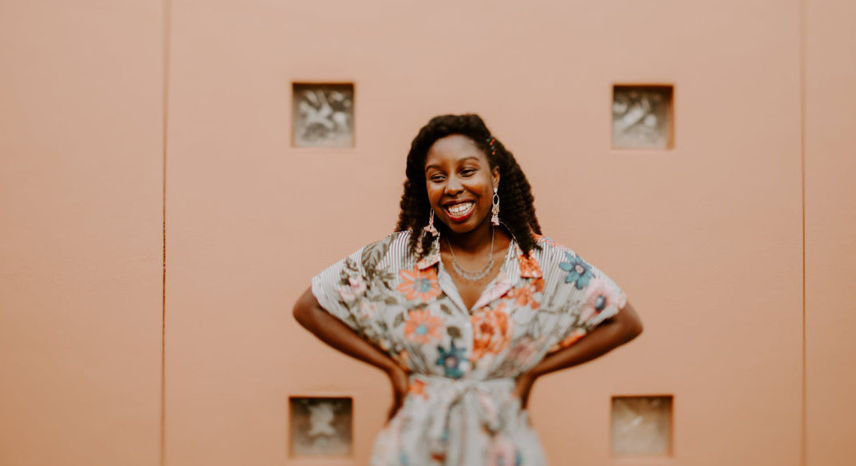
Lifestyle ≠ 27 October
Fashion and Wellness: How What You Wear Can Affect Your Health
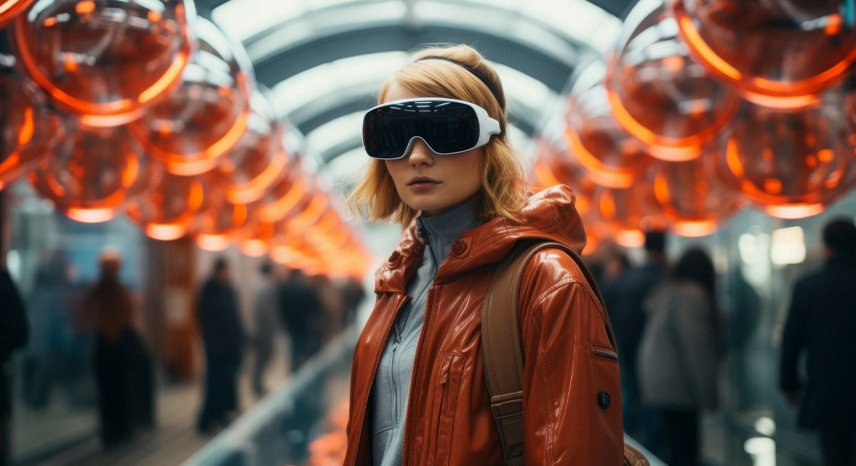
Lifestyle ≠ 27 October
Future of Fashion: Exploring the Role of AI and Virtual Reality in Style

Lifestyle ≠ 27 October
The Intersection of Fashion and Music: Style Influences from Iconic Artists
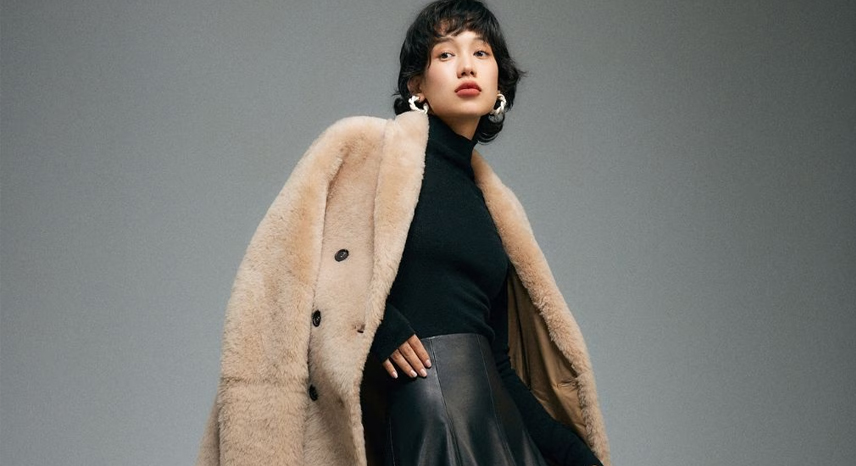
Lifestyle ≠ 27 October
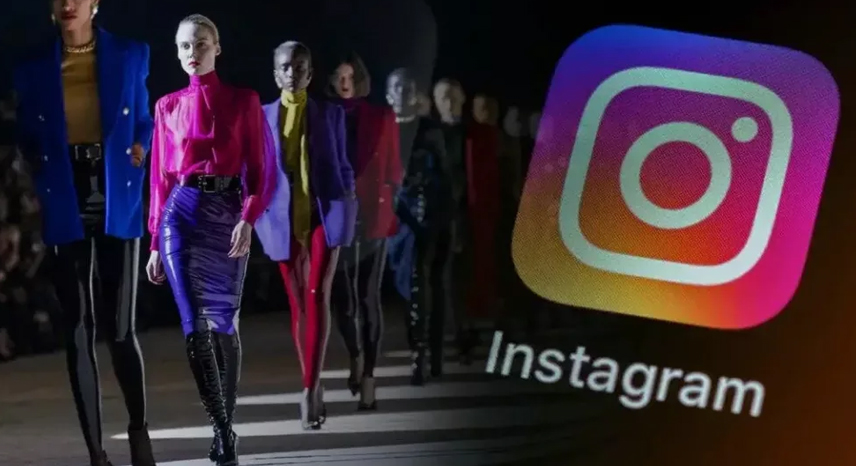
Lifestyle ≠ 27 October
Previous Post
Lifestyle October 27
Styling Statement Outerwear: How to Make a Bold Impression
Next Post
Lifestyle October 27
Future of Fashion: Exploring the Role of AI and Virtual Reality in Style